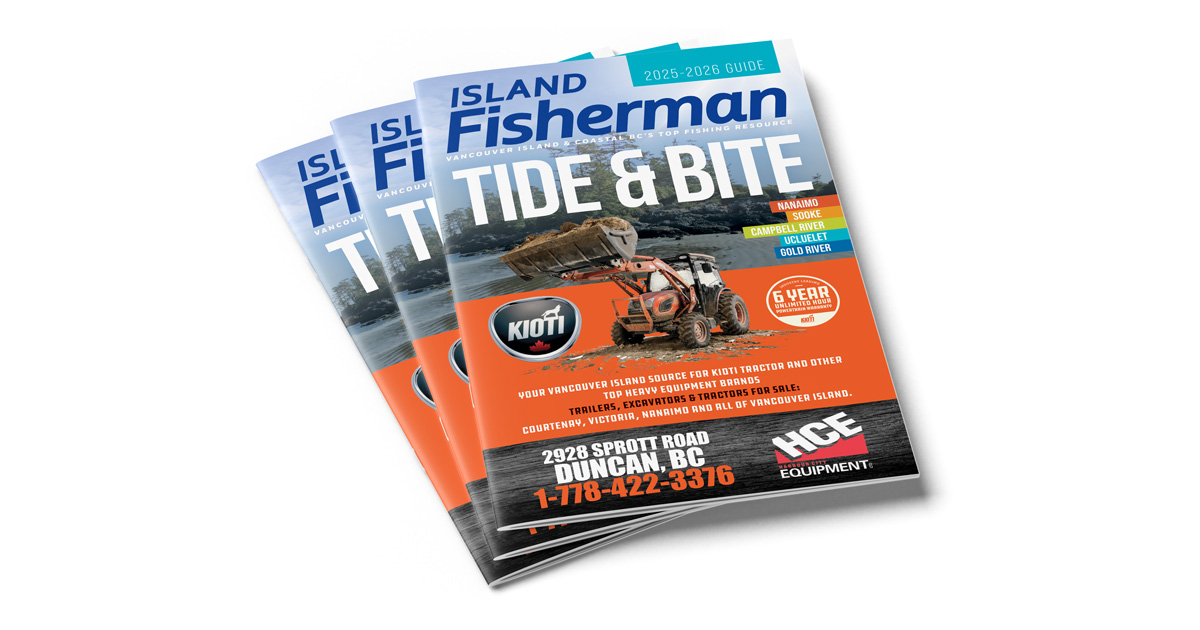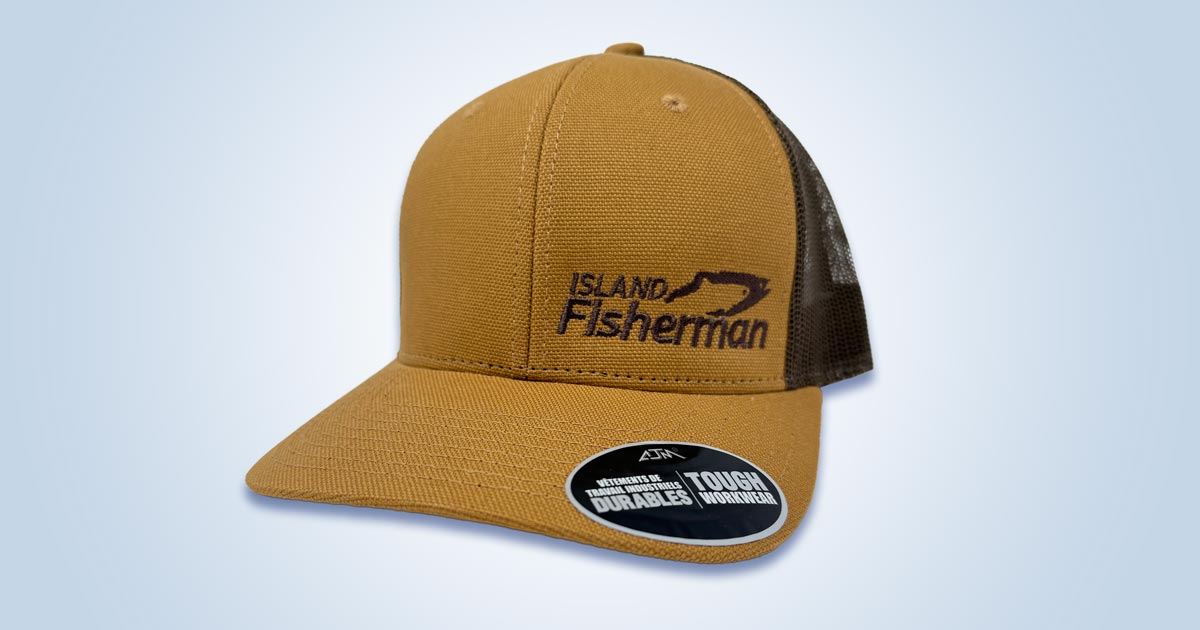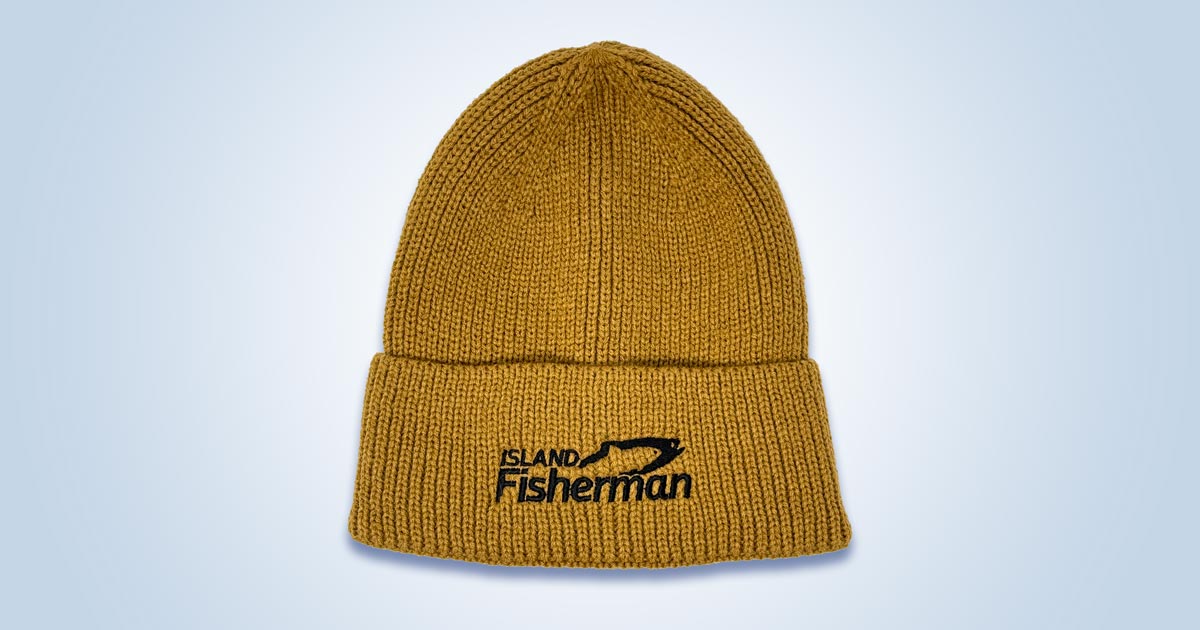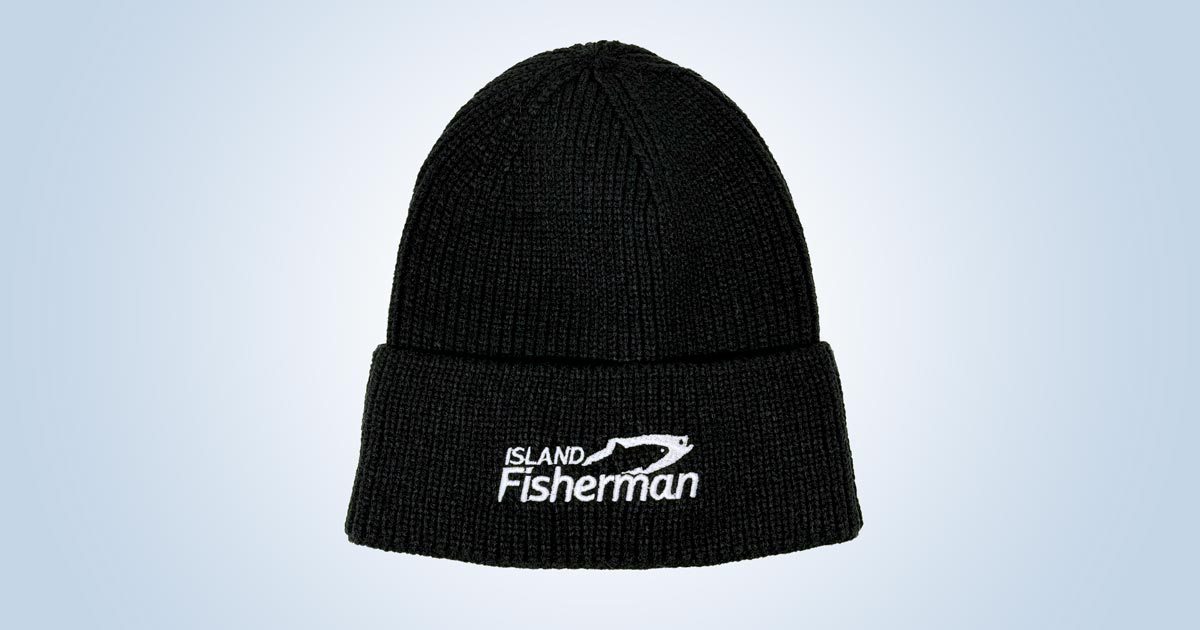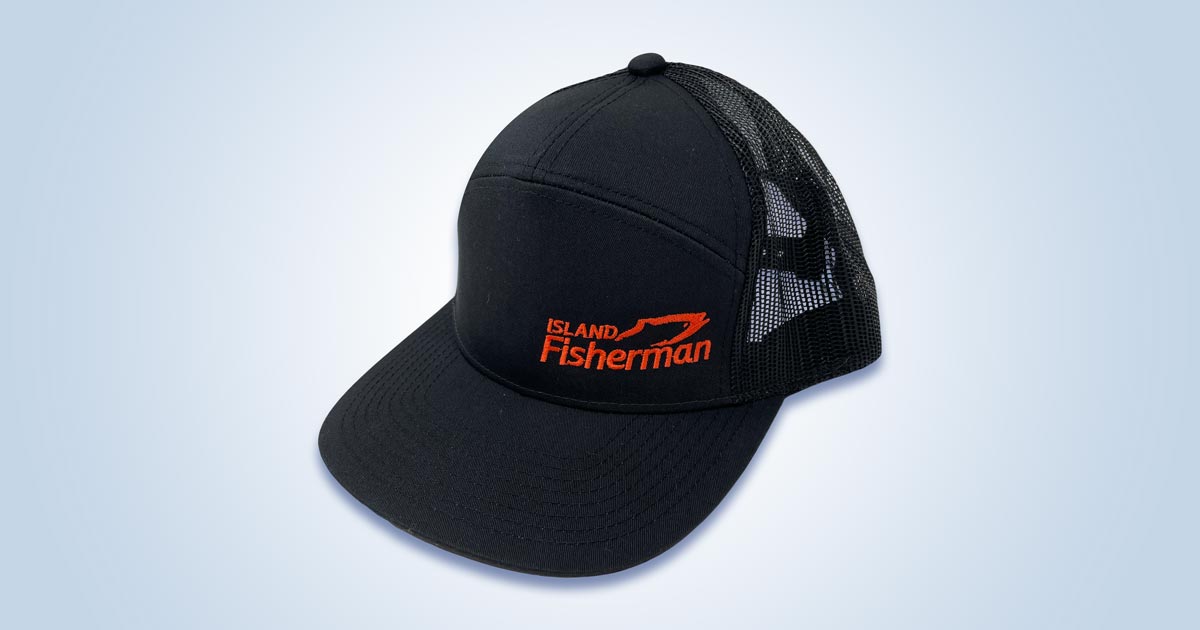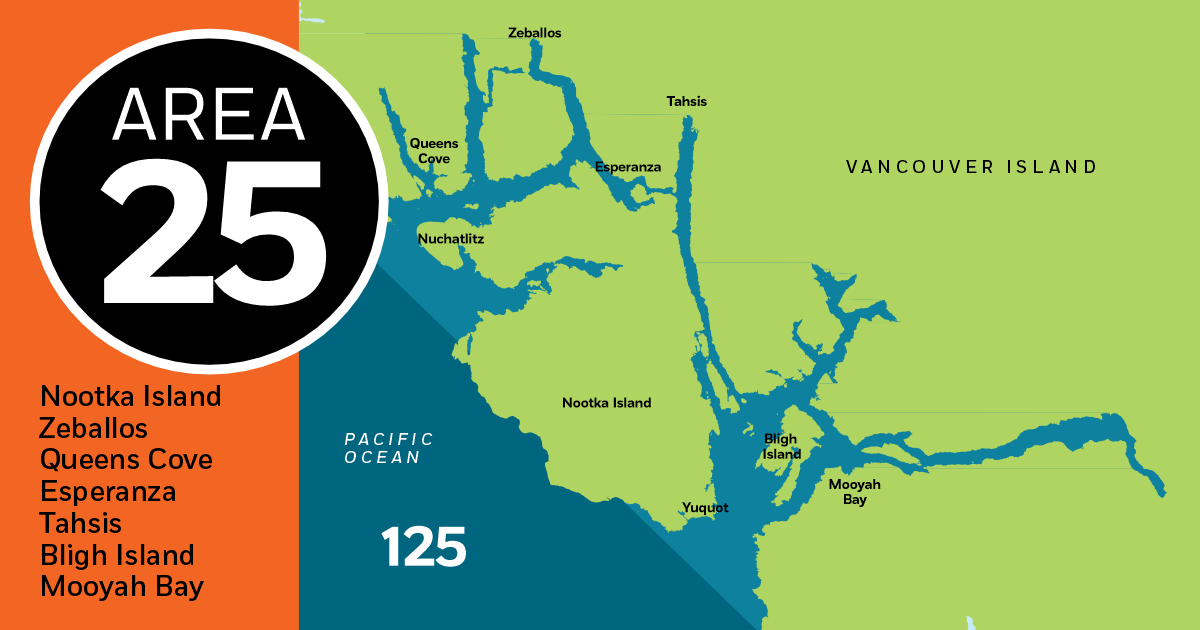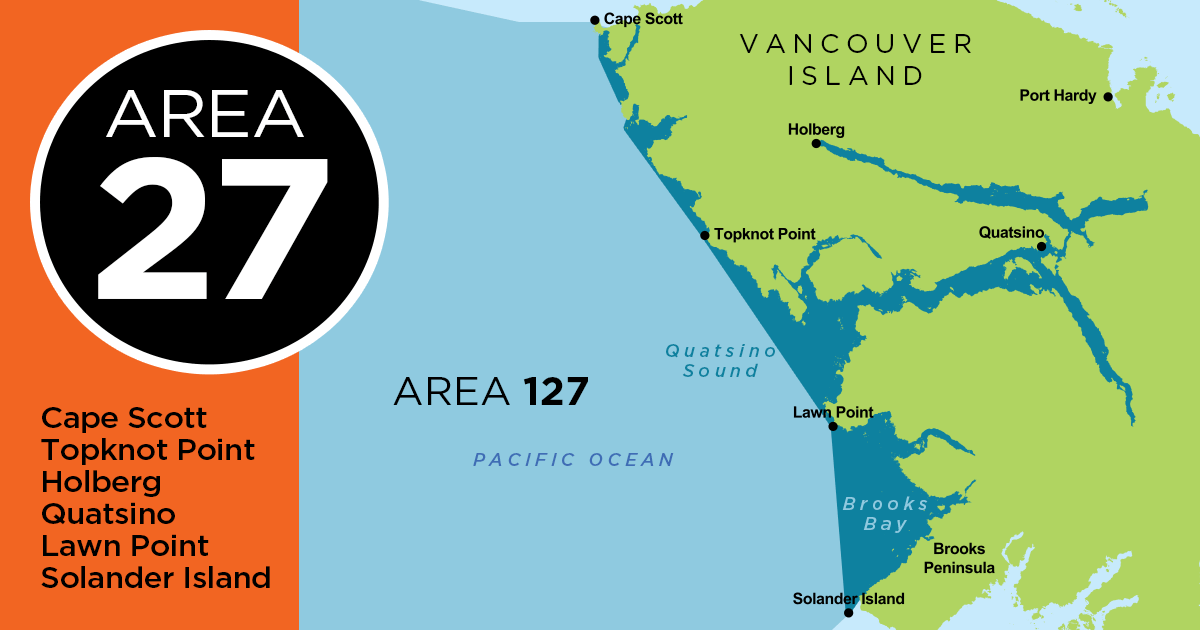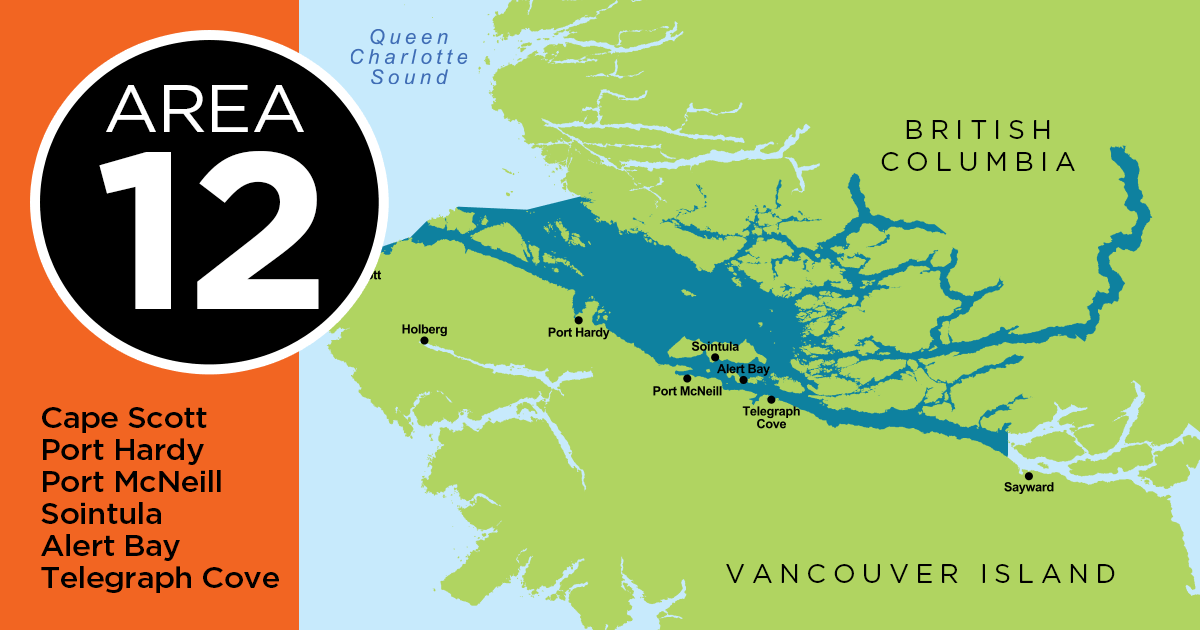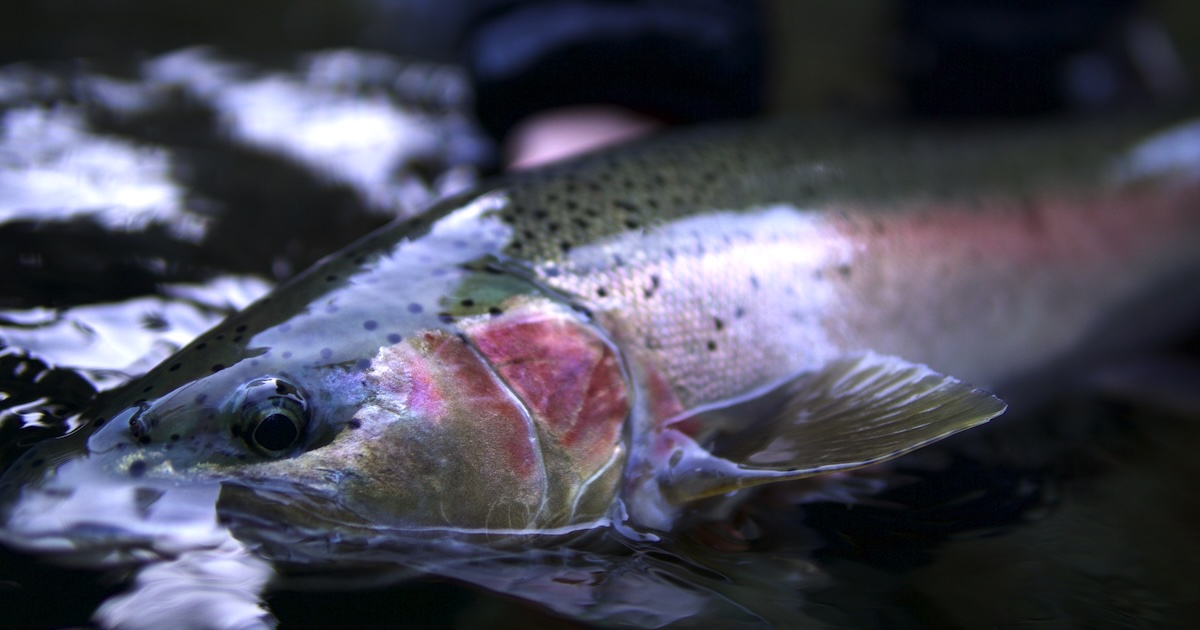
“Dry lines and floating flies is how we like to get em!” (Angler: Ryan Bachinski Photographer: Dan Taggart)
Tips for the Fish of a 1,000 Casts
How to locate, approach, and effectively target steelhead on Vancouver Island rivers, including insights into reading water, timing, and selecting the right lure.
The techniques covered can and should be employed wherever your fishing adventures take you. I am a firm believer that if you can successfully fish Vancouver Island’s rivers, you are in good shape to catch fish anywhere.

Will Gillis
Approaching is Everything
Spotting a steelhead in a pool or run can be an exhilarating experience. There is no greater feeling than successfully sight-fishing your favourite species. However, when these epic moments come along, inexperience and excitement can get the best of us. My first word of advice when fishing island rivers is to slow down. Treading carefully when approaching new water is imperative. While exploring Vancouver Island, I have spooked more than my fair share of fish walking to and from my favourite spots. I have come to understand that the slower you go, the more fishable water you will be able to identify and, consequently, the more fish you will catch.
Oftentimes you can’t see all the fish in a run or pool. If you are lucky enough to have a steelhead reveal itself to you, there is a high likelihood that there are more nearby. Refraction and glare will play tricks on your eyes, hiding idling schools of fish. Steelhead are particularly good at blending in with river bottoms, so it is a good rule of thumb to always assume there are fish hiding in a run. Treat every hole as if it was loaded with fish, and you will greatly increase your odds of success.
Reading the River
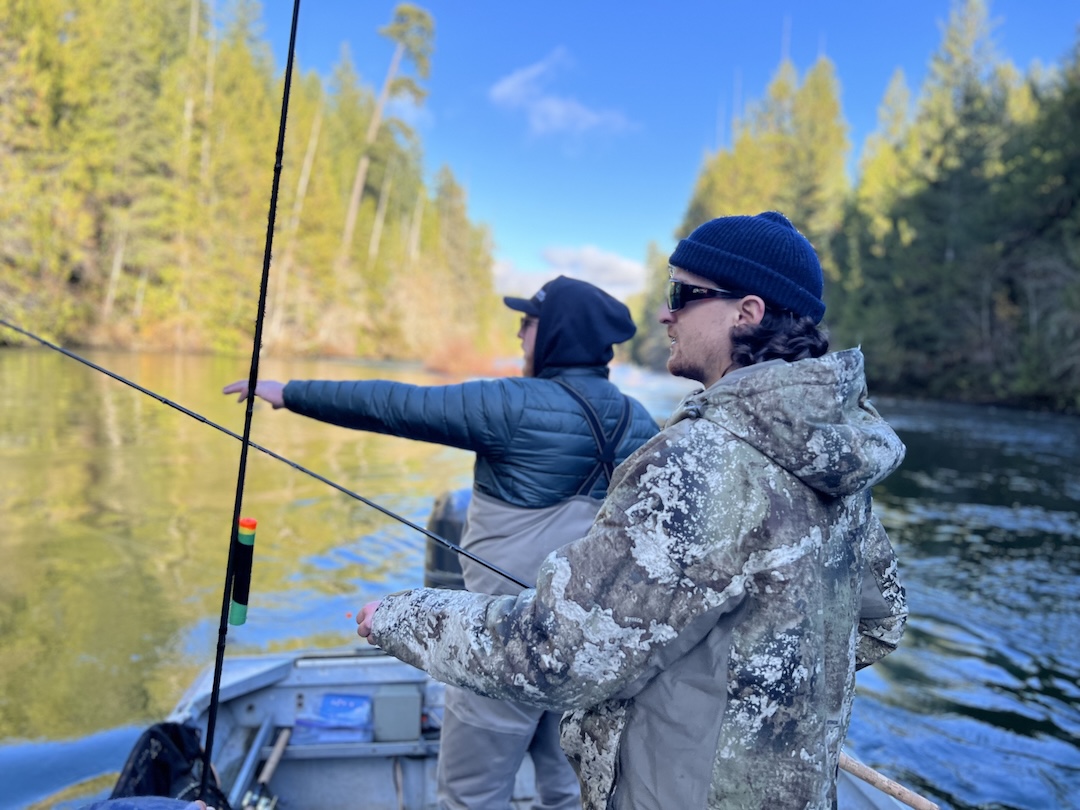
Guide Curtis Leyenaar and Alec Hansen reading the water
As you make your way up a river, you should be looking for good habitat. To give yourself the best chance to catch fish, it is vital that you understand where to cast. While you could just fish the entire river from start to finish, it is far more efficient to find where the fish want to be. Productive water, where steelhead congregate in numbers, can be identified by a number of visual cues.
Structure
Structural landmarks such as boulders or downed trees are a great place to start. These structures obstruct the current of the river, creating areas with slower flow that are ideal for resting and feeding fish. I hooked my first-ever steelhead by stripping a pink Bunny Leech streamer parallel to a downed tree submerged in a pool. I identified good structure before casting and was rewarded with an aggressive strike from a beautiful wild fish.
Flow
In addition to structure, look for water that appears to flow at a “walking pace.” Whether it’s a slower eddy next to a tail out or the lead-up to a deep pool, walking-speed water is prime steelhead habitat. Not only does this slow flow allow fish to conserve energy, it also provides ideal conditions to present a fly or lure naturally. Attaining a dead drift from a nymph or bead as well as skirting a spinner through a run is much easier and more effective in this type of water.
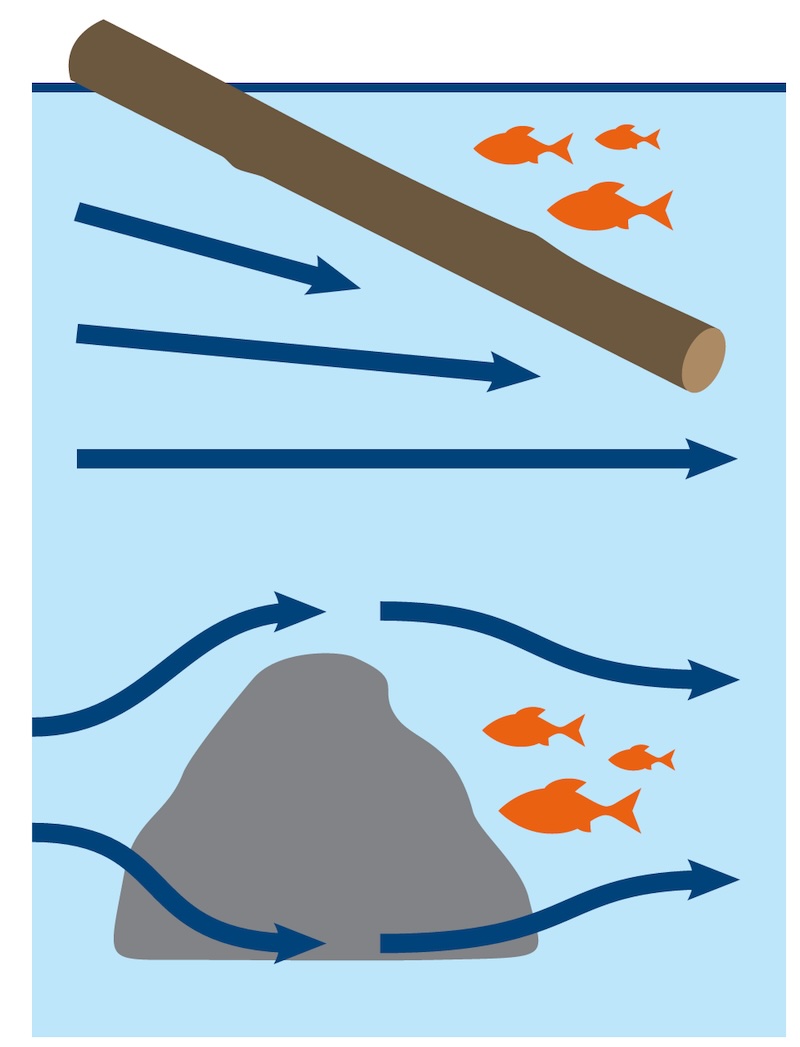
Slow Water Flow and Structure
That said, some of my absolute favourite runs to fish are comprised of rocky and deep pocket water. The white foamy water that gets overturned in these sections of river is rich with oxygen and provides cover for both angler and fish. Heavy jigs in pink and purple, tungsten-bead Marabou Streamers, or heavily weighted stonefly nymphs are my preference when fishing this type of water. The key is to get to your desired depth quickly in these situations. If you are fly fishing, try to keep a tight line to your fly; if you are gear fishing, adjust your float setup to bounce along the bottom. Fish will sit tight to ledges facing upstream, and can often miss your presentation if it does not get down fast enough. If your fly or jig is too light, the current can push it past unassuming steelhead before they even register it. Dropping heavier flies tied with tungsten beads or jigs with lead heads into such waters will help you catch fish that your friends may walk past.
Steelhead Gear: What To Use and When
Timing plays a key role in where you fish and how you do it. Knowing when and where steelhead will be at a certain point in the season can help you determine how to catch them. While some of my favourite lures for the springtime include pink and purple jigs or stoneflies, egg imitations and beads can work wonders during our fall and winter months.
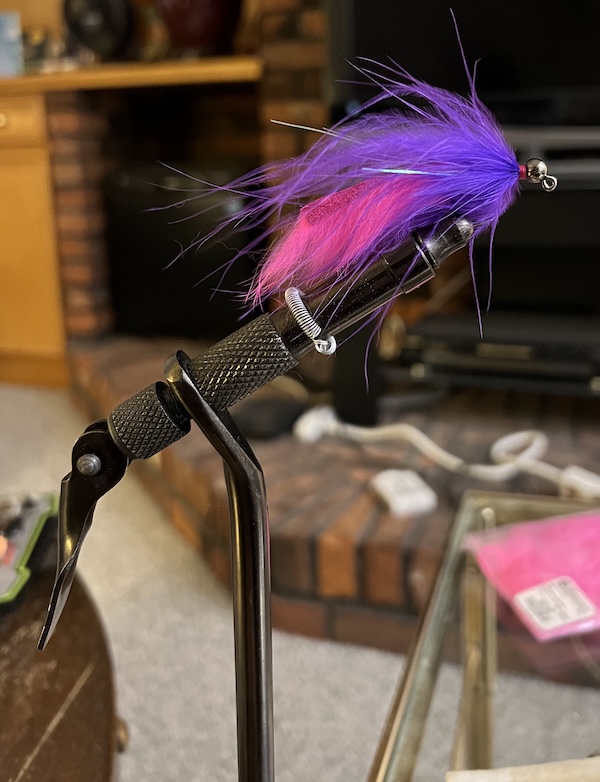
Pink and Purple Steelhead Jig Tied at Home
On a recent Island Fisherman steelhead trip with Murphy Sportfishing in Port Alberni, we fished with guide Curtis Leyenaar for steelhead in early November. The fish that we targeted were keyed in on salmon eggs as their main food source.
Following the coho up to their spawning grounds, these steelhead gorge themselves on eggs rolling across the river bottom. Our guide Curtis Leyenaar was nothing short of an expert on the fishery. We fished a range of orange and pink beads under a float.
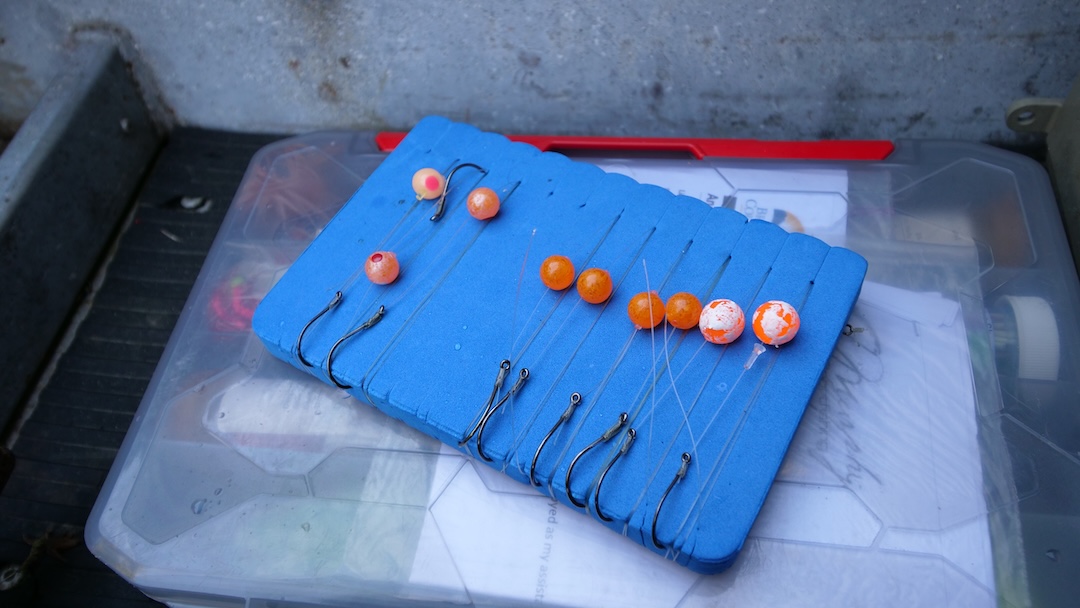
Steelhead beads for the day
The goal was to keep changing colours until we found one that the fish were biting on. That day, the colour was a pale orange, matching the colour of salmon eggs late in the spawning season. Using baitcasters and spinning rods, we were able to accurately place beads in front of feeding steelhead.
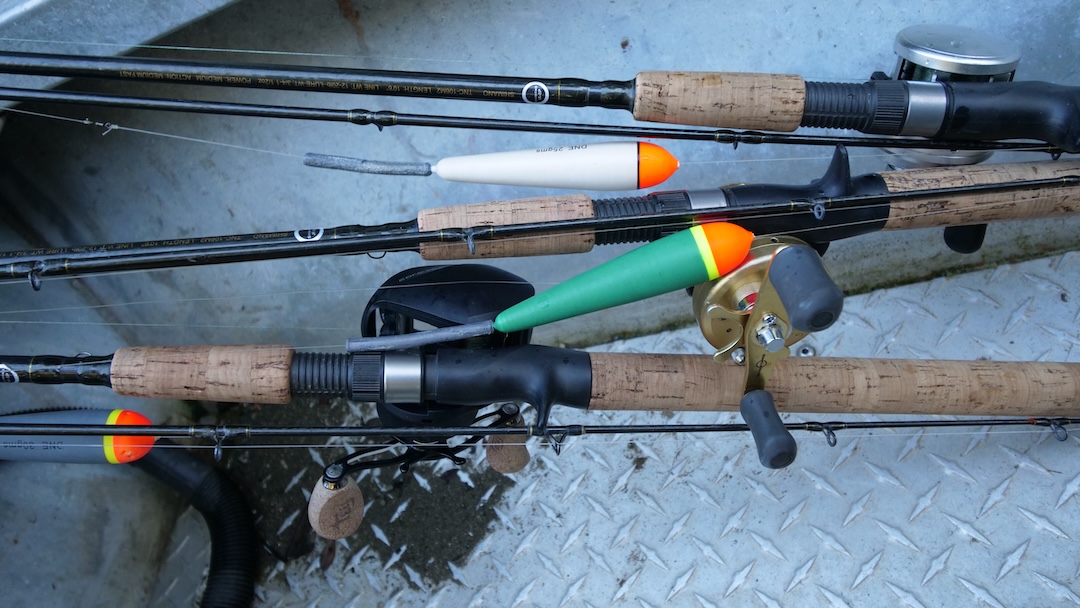
Steelhead rods and reels
Casting along seams, behind schools of coho, and near overhangs was the name of the game. Through reading the water, matching their food source, and accurate casting, we were able to hook into and land three beautiful steelhead from the boat.
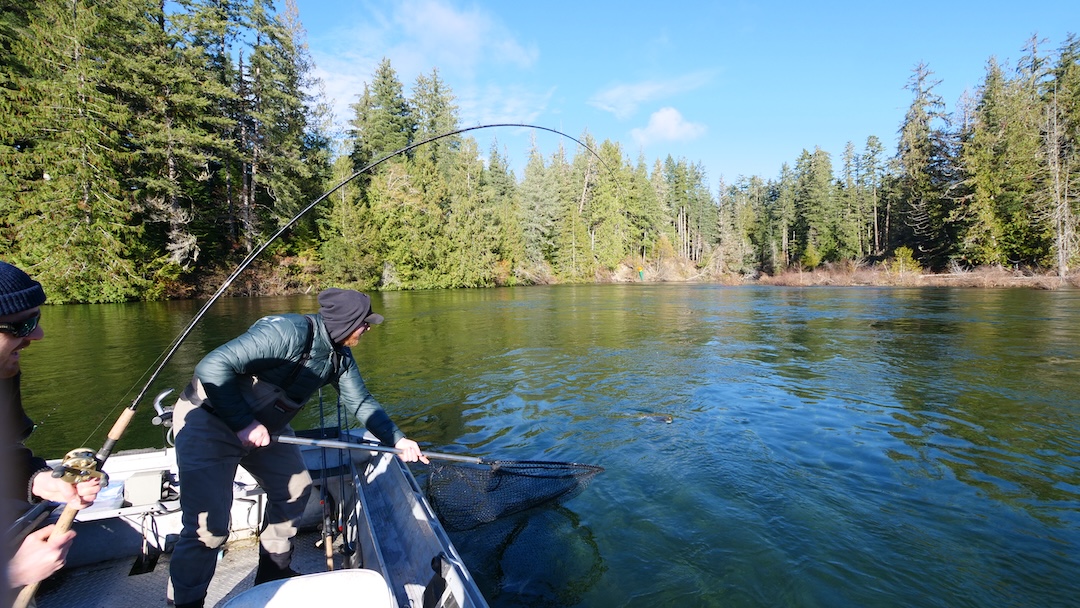
Curtis Leyenaar of Murphy Sportfishing netting chrome
This brings me to my final words of advice: Keep moving. You may have heard the phrase: Never leave fish to find fish! Well, when it comes to Vancouver Island’s river systems this statement isn’t the whole truth. The fish in our rivers can be finicky. As discussed in this article, the bite is dependent on the weather, water temperature, flow rate, and available food sources, among other factors. Sometimes even fish that you can see in front of you will be unwilling to chomp down on what you have to offer. In cases like these, it can pay off to move on to a new spot. The more water you cover, the more aggressive fish you will stumble on, and you can always come back to the first spot later.
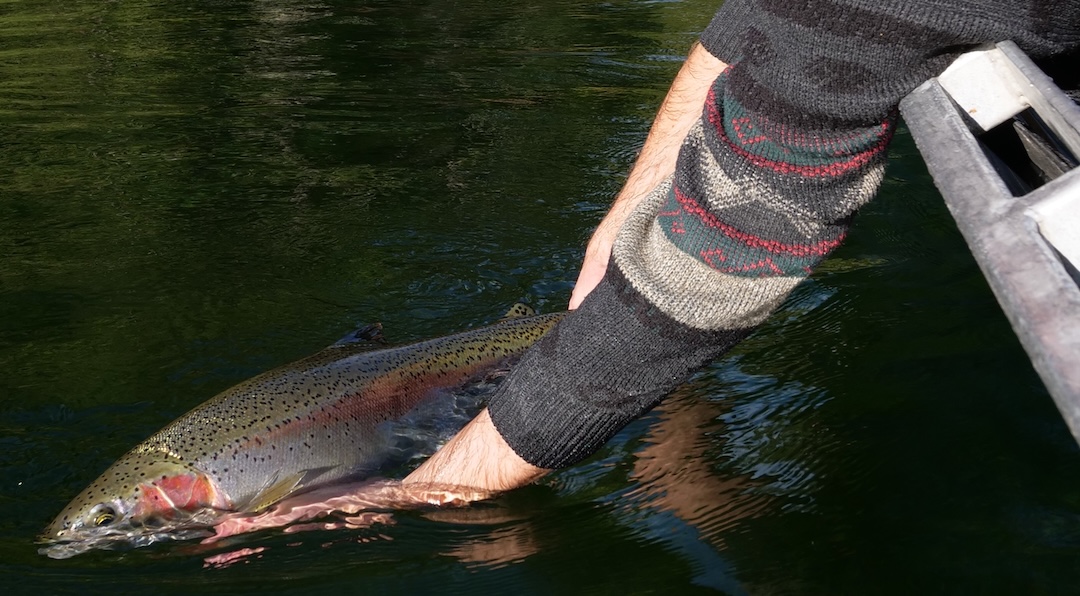
Alec Hansen releasing a steelhead …. thanks Curtis!
I hope these tips help you become a more successful steelheader. Like I mentioned before, if you can learn to fish Vancouver Island’s steelhead, you can learn to be successful almost anywhere. Never has a location tested my skill, technique, and patience more than this island. Remember to fish responsibly and to respect local regulations and conservation efforts to ensure these incredible fish have a bright future.
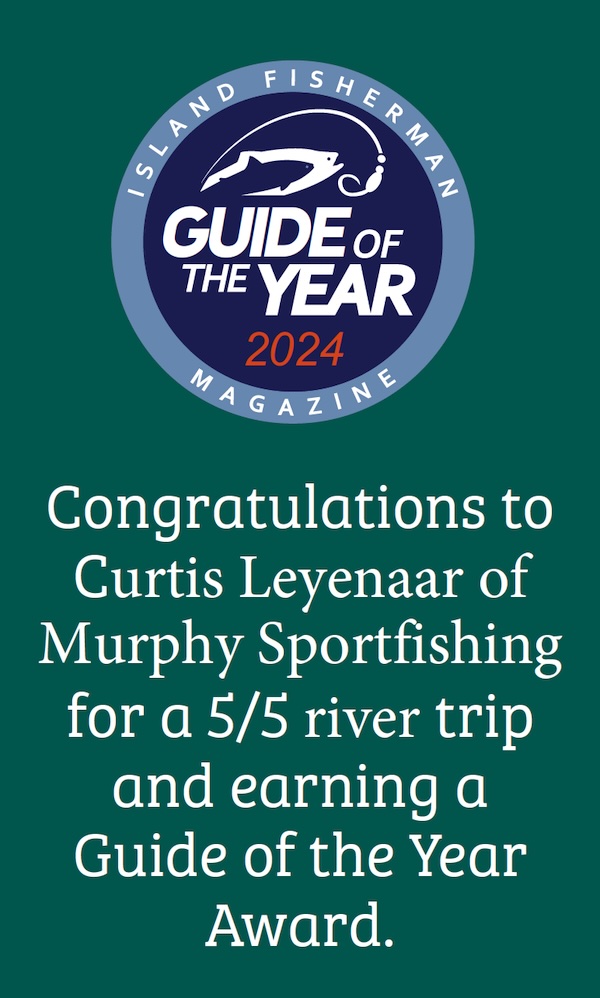
This article appeared in Island Fisherman magazine. Never miss another issue—subscribe today!
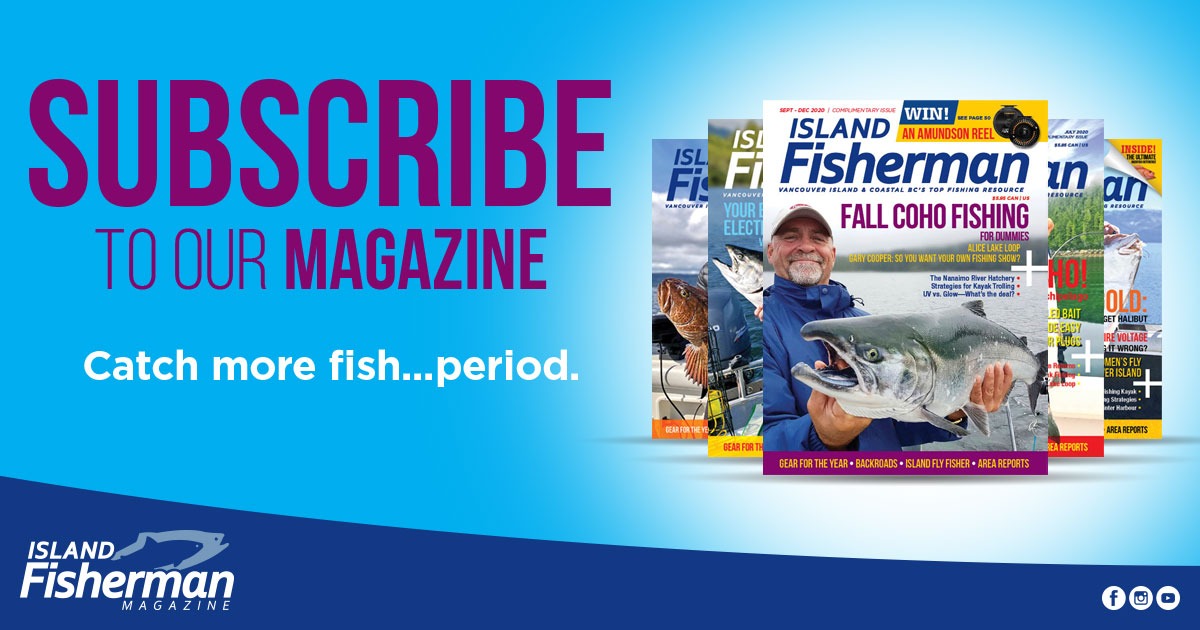
Visit the Store
$34.99
$34.99
Featured Catch
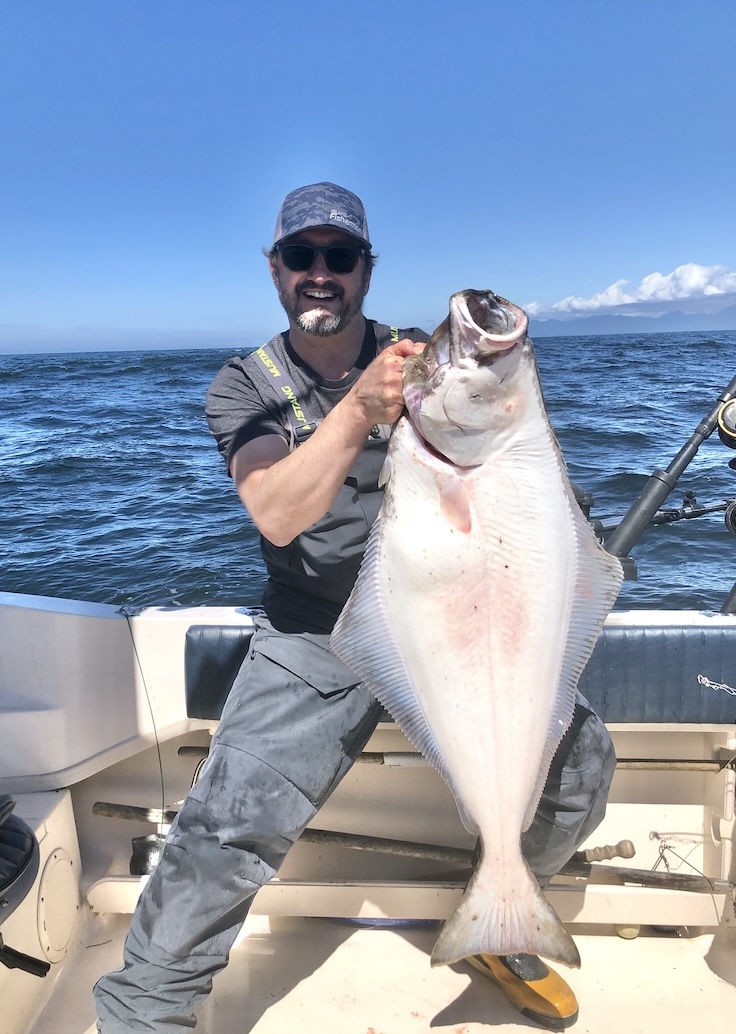
Joel Unickow halibut (Photo: Rob Frawley Lucky Strike Sportfishing Tofino)
